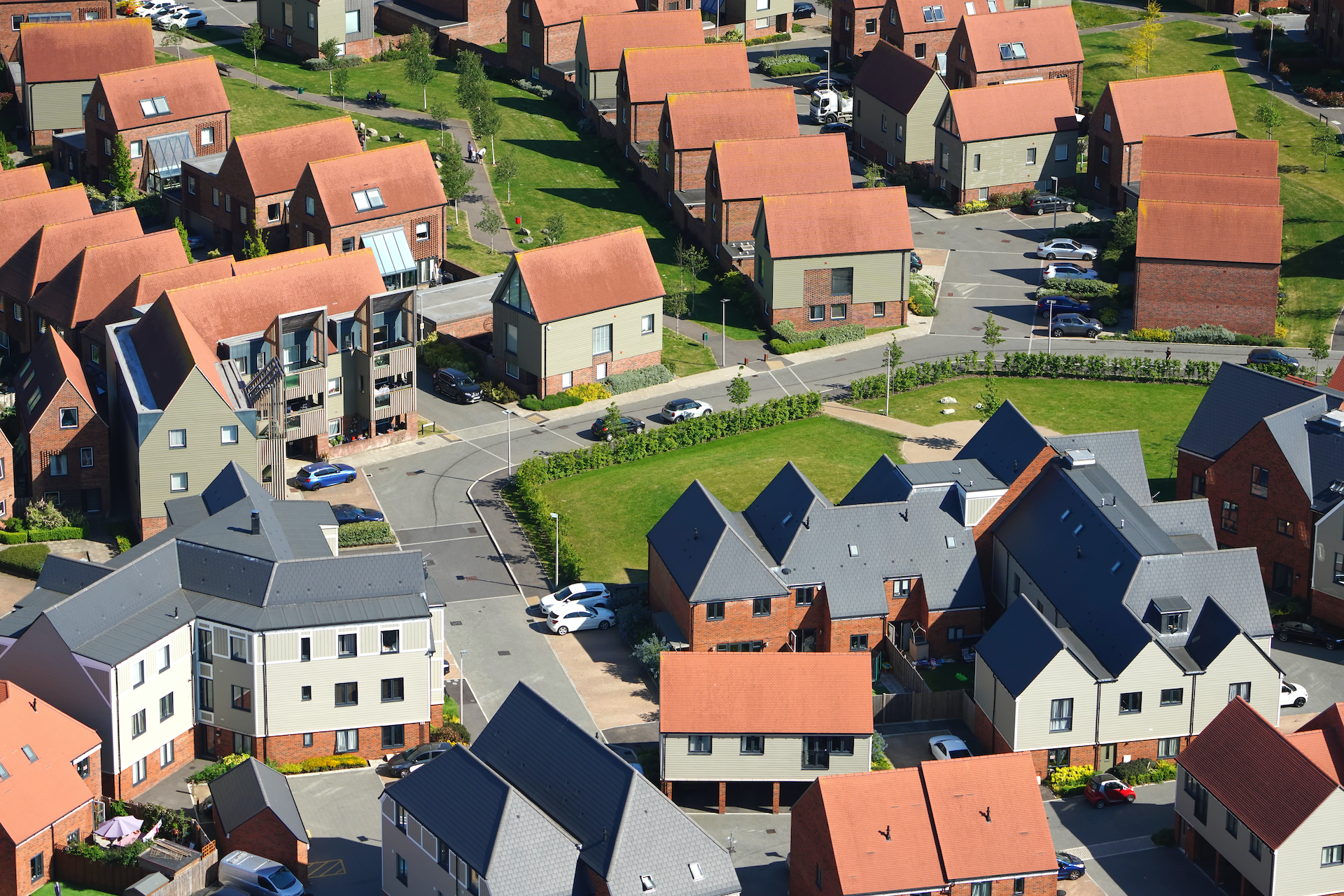
News Article
Jason Lowes, Partner in our Town Planning team, offers his insight into the “grey belt”
19th Oct 2023
Published in The Telegraph (11.10.23)
Jason Lowes, Planning Partner at Rapleys says: “Green Belt and Brownfield are well established planning concepts, and although town planning is often criticised for the amount of jargon it uses, “grey belt” may actually be a useful addition to the lexicon. It recognises that some of the Green Belt is not actually very “green”, as in addition to rolling hills it includes sites that have been previously developed, for example redundant industrial sites. Although there is distinction in national planning policy between previously developed and undeveloped sites, there are still significant restrictions applied to land that already has buildings on it.
The planning system is creaking and NIMBYs relating to the greenbelt are definitely one of many factors in that. However, as with all political posturing during Party Conference Season, detail is lacking and practicality needs to be questioned.
The greenbelt was introduced in part to stop the over sprawl of urban areas and protection of the countryside but instead is often used as a blocker for development of any kind, no matter how grey the sites actually are. It is true that there are swathes of land classified as greenbelt that are closer to urban wasteland and n0t actually rolling hills as many would expect.
There are several gaps that need explaining for this well-intentioned announcement to actually have the legs to get into policy.
Firstly, classifying the land is one thing but how would a reclassification ‘release it’ or fastrack any development. There is still a planning process and resources are strained across many Local Authorities.
Secondly, it’s far from clear how the 1.5m figure has been arrived at. This is a ‘new concept’ and the figure itself would have been estimated on a series of ‘ifs’ and ‘maybes’ – it’s a nice big round number but that’s all it is right now without any explanation. We certainly shouldn’t hang our hats on this particularly at a time when build costs, viability and supply chains are impeding development that has already started and refurbishment of existing properties needing repairs.
Thirdly, a large proportion of sites that could be considered ‘grey’ will in their very nature be smaller parcels of land in between existing development and roads or other infrastructure and thus are unlikely to bring forward any significant quantum of housing per site.
Fourthly, each site will have its own challenges – remediation, pollution, access and viability to name a few and will, as it stands, have to go through the existing process whether local objectors are ‘bulldozed’ or not.
So, if much needed and wanted structural planning change will take place to support this becoming a policy and there is a robust and well-thought out plan, the development world would be all for it. But in my 20 years as a planner, national policy related to the greenbelt has not materially changed and the NPPF remains missing in action.”
Related news
Rapleys’ experts react to the Chancellor’s 2025 budget
Daniel Cook, Partner and Head of Automotive, Roadside and Future Fuels at Rapleys, said: “The tax on EVs is clearly there to make up for the fall in fuel duty as drivers move away from petrol/diesel cars.









